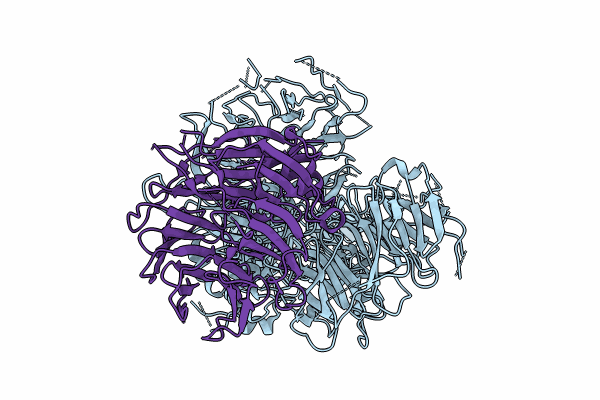
Deposition Date
2023-10-12
Release Date
2023-12-20
Last Version Date
2025-07-02
Entry Detail
PDB ID:
8WQR
Keywords:
Title:
Structure of the DDB1-AMBRA1 E3 ligase receptor complex linked to cell cycle regulation
Biological Source:
Source Organism:
Homo sapiens (Taxon ID: 9606)
Host Organism:
Method Details:
Experimental Method:
Resolution:
3.08 Å
Aggregation State:
PARTICLE
Reconstruction Method:
SINGLE PARTICLE


